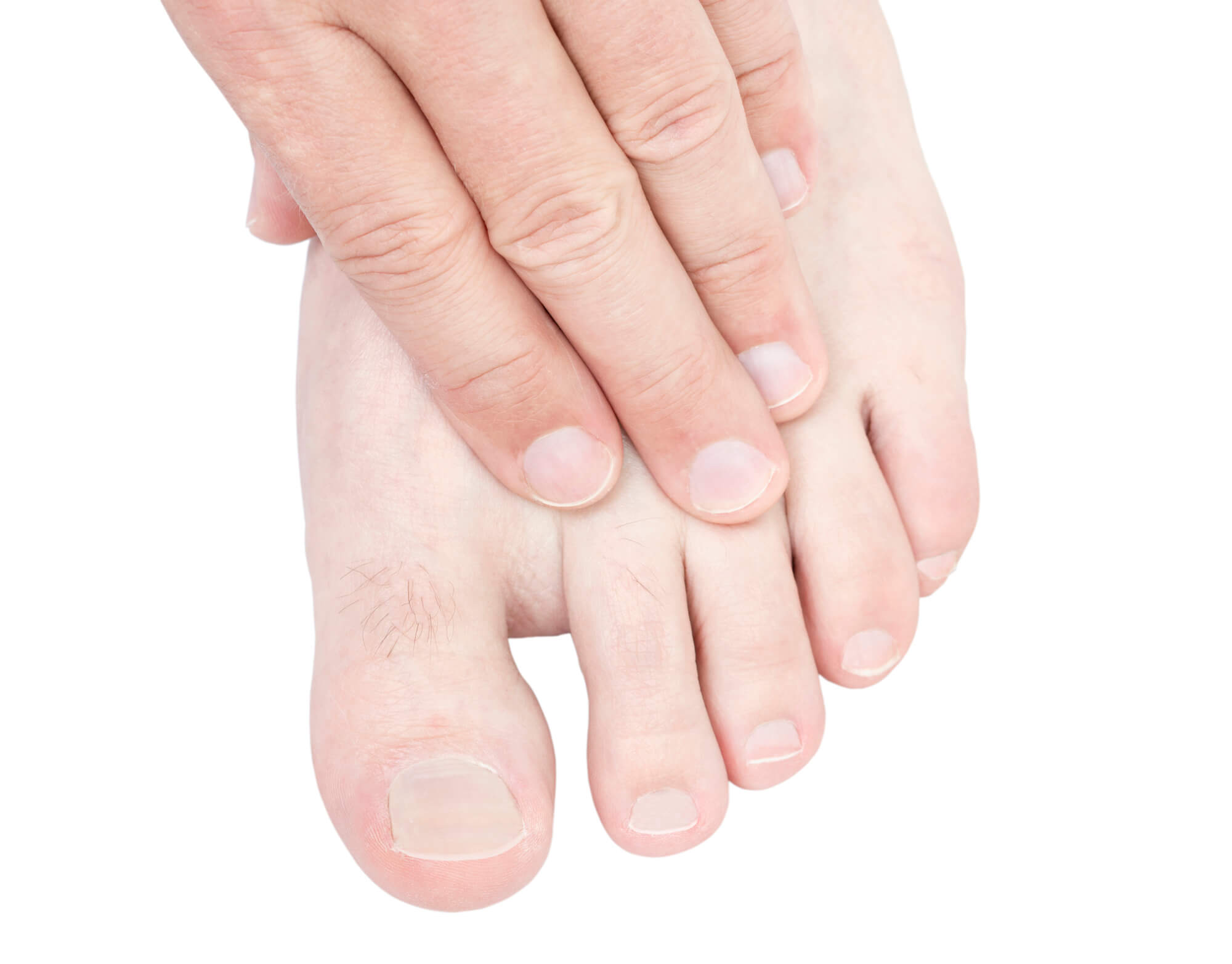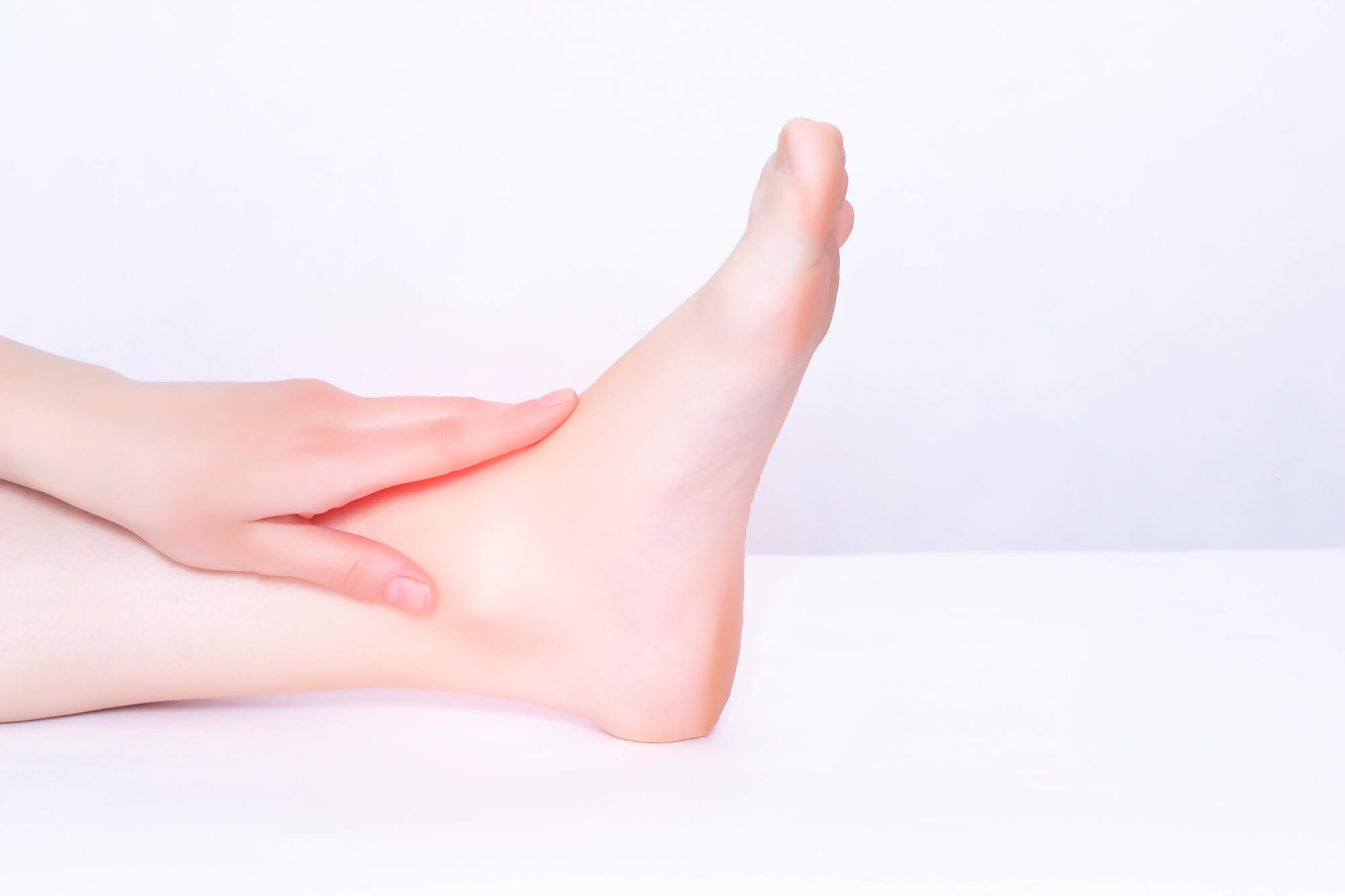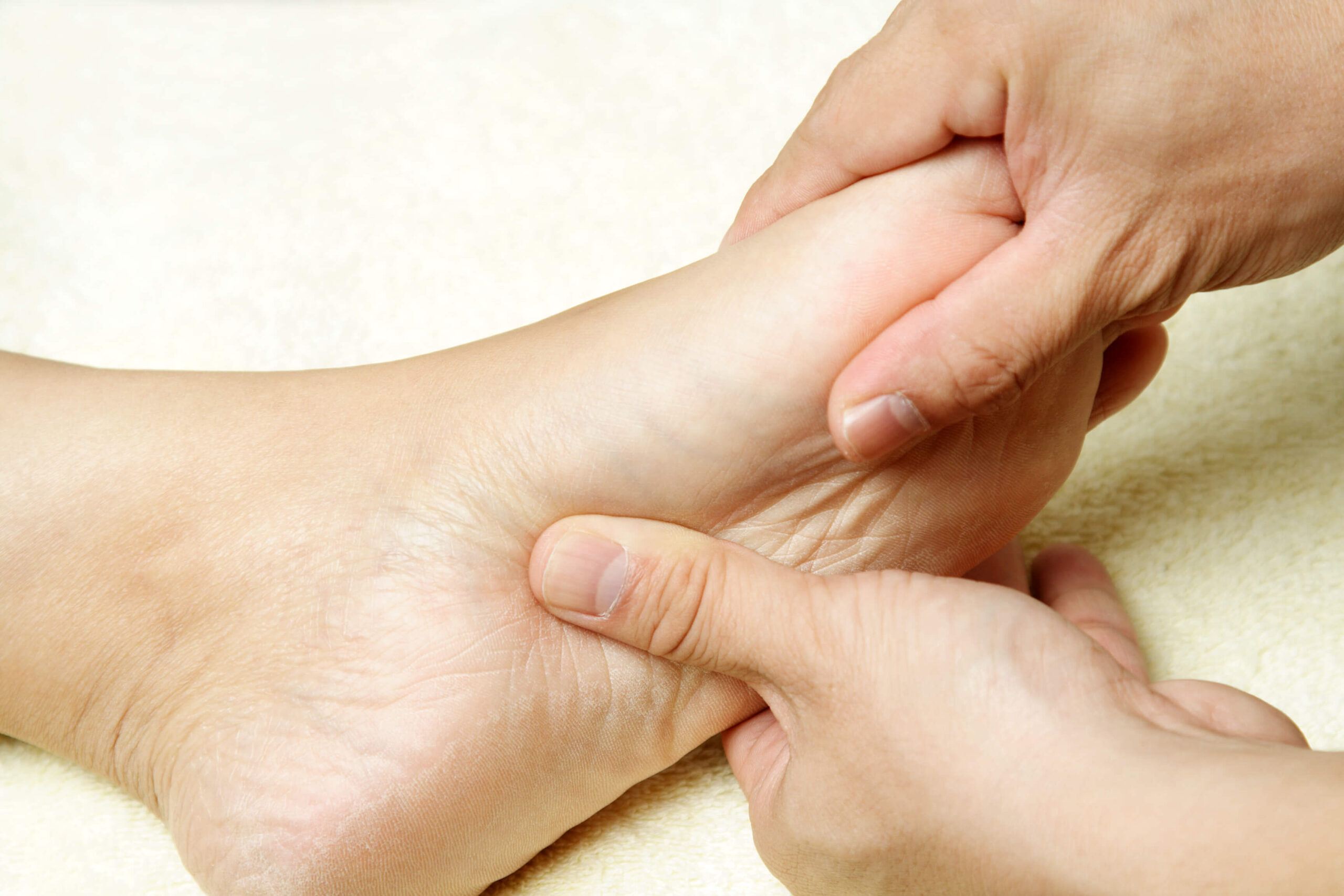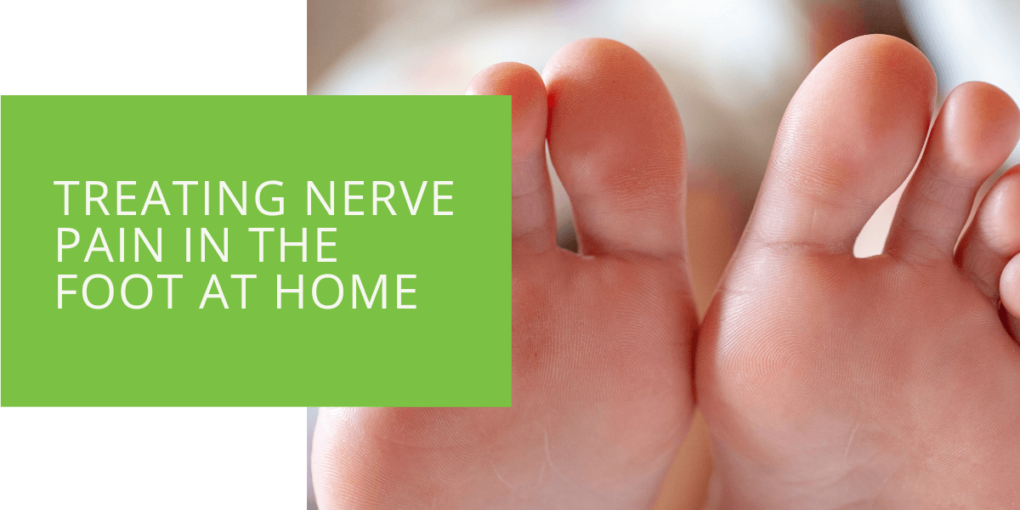Treating Nerve Pain in the Foot at Home
Nerve pain in the foot can be debilitating and make it difficult to walk or stand. If you're experiencing this type of pain, seeking medical attention is important to determine the cause and develop an appropriate treatment plan. However, several home remedies can help alleviate nerve pain in the foot.
Causes of Nerve Pain in the Foot
Nerve pain in the foot can be caused by several conditions, including:
Diabetic Neuropathy
Diabetic neuropathy is a type of nerve damage that can occur in people with diabetes. High blood sugar levels over time can damage the nerves, leading to pain, tingling, and numbness in the feet.
Peripheral Neuropathy
Peripheral neuropathy is a condition in which the peripheral nerves (the nerves that extend from the spinal cord to the rest of the body) are damaged. This can result in pain, tingling, and numbness in the feet.
Compression of Nerves
Compression of the nerves in the foot can also cause pain. This can be caused by conditions such as a herniated disk, a tumor, or a bone spur.
Trauma or Injury
Trauma or injury to the foot can also damage the nerves and cause pain.

Symptoms of Nerve Pain in the Foot
Symptoms of nerve pain in the foot can include:
- Tingling or burning sensation
- Numbness or weakness
- Sharp or shooting pain
- Difficulty walking or standing
Home Treatment Options
If you're experiencing nerve pain in the foot, several home remedies can help alleviate the pain.
Rest and Elevation
Resting and elevating the affected foot can help reduce inflammation and pain. Try to keep your foot above heart level when sitting or lying down. This can help reduce swelling and improve blood flow to the affected area.
Over-the-Counter Pain Medication
Over-the-counter pain medication such as ibuprofen or acetaminophen can help relieve pain. Be sure to follow the dosage instructions on the label and talk to your doctor if you have any concerns about taking these medications.
Cold Therapy
Applying a cold pack to the affected area can help reduce inflammation and pain. To make a cold pack, you can wrap a bag of frozen vegetables or a package of frozen peas in a towel. Apply the cold pack to the affected area for 15-20 minutes at a time, several times a day.
Stretching and Exercises
Stretching and exercises can help improve circulation and reduce pain. If you have diabetic neuropathy, ask your podiatrist (foot doctor) for a list of exercises to help reduce pain and improve your balance. Here are some stretches and exercises that can be done at home:
- Toe stretches: Toe stretches can help to improve flexibility in the toes and can help to reduce pain and discomfort caused by nerve damage. To perform a toe stretch, sit with your foot on the floor and use your hand to bend your toes back towards your leg gently. Hold the stretch for 15-30 seconds and repeat several times.
- Heel raises: Heel raises can help to strengthen the muscles in the foot and can also help to reduce pain and discomfort caused by nerve damage. To perform a heel raise, stand with your feet hip-width apart and raise your heels off the floor, balancing on the balls of your feet. Hold the position for a few seconds and lower your heels back to the floor. Repeat this exercise 10-15 times.
- Ankle circles: Ankle circles can help to improve circulation and flexibility in the ankle and can also help to reduce pain and discomfort caused by nerve damage. To perform an ankle circle, sit with your foot on the floor and make small circles with your ankle, moving in both clockwise and counterclockwise directions. Repeat for several minutes.
- Foot flexes: Foot flexes can help to strengthen the muscles in the foot and can also help to reduce pain and discomfort caused by nerve damage. To perform a foot flex, sit with your foot on the floor and use your hand to gently press down on the top of your foot, flexing your toes towards your shin. Hold the stretch for 15-30 seconds and repeat several times.
It's important to note that before starting any exercise regimen, it's best to consult with a podiatrist to determine the best course of action for your specific condition and ensure that the exercises are appropriate for you.

Massage
Massaging the affected area can also help alleviate nerve pain. You can do this yourself or see a qualified massage therapist. Here are a few massages that you can do yourself at home:
- Foot reflexology: Foot reflexology is a massage technique that involves applying pressure to specific points on the foot. It is believed to stimulate the body's natural healing process and can help to reduce pain and discomfort caused by nerve damage. To perform foot reflexology, use your thumb to apply firm pressure to the bottom of the foot, paying special attention to the areas that correspond to the affected nerves.
- Self-massage: A self-massage can be done using a tennis ball, a golf ball, or a similar object. Place the ball under the foot, and roll it back and forth, applying pressure on the affected area. This can help to increase blood flow and reduce pain and discomfort caused by nerve damage.
- Effleurage: Effleurage is a massage technique that involves using long, flowing strokes to relax the muscles. To perform effleurage on the foot, use the palms of your hands to make long, flowing strokes from the toes to the heel. This can help to reduce pain and discomfort caused by nerve damage.
- Friction: Friction massage is a technique that involves using the thumb or fingers to apply deep pressure to the affected area. To perform a friction massage on the foot, use the thumb or fingers to apply deep pressure to the affected area. This can help to reduce pain and discomfort caused by nerve damage.
It's important to note that before starting any massage, you should consult with a podiatrist to determine the best course of action for your specific condition.

Acupuncture
Acupuncture is a traditional Chinese medicine technique that involves the insertion of thin needles into specific points of the body. It can help to relieve nerve pain in the foot. Find a qualified acupuncture practitioner to perform the treatment.
Epsom Salt Soak
Epsom salt contains magnesium which can help reduce pain, inflammation, and muscle cramps. Soaking the affected foot in warm water with Epsom salt can help relieve pain and improve circulation.
When to Seek Medical Attention
Suppose you're experiencing nerve pain in the foot. In that case, it's essential to seek medical attention if the pain persists or if you have any other symptoms, such as changes in skin color or temperature, open wounds, or difficulty walking. A podiatrist can help determine the cause of the pain and develop an appropriate treatment plan.
Conclusion
Nerve pain in the foot can be debilitating and make it difficult to walk or stand. However, several home remedies can help alleviate the pain. Resting and elevating the affected foot, taking over-the-counter pain medication, and using cold therapy can help reduce pain and inflammation. Stretching and exercises, massage, acupuncture, and Epsom salt soak can also help improve circulation and reduce pain. If the pain persists or if you have any other symptoms, it's essential to seek medical attention to determine the cause and develop an appropriate treatment plan. Finding a treatment plan that works for you and helps prevent, reduce, and improve the nerve pain you are experiencing is essential.
FAQ
What is a natural remedy for nerve pain in the foot?
Some natural remedies for nerve pain in the foot include rest and elevation, cold therapy, stretching and exercises, massage, acupuncture, and Epsom salt soak.
Is walking good for nerve pain in the feet?
Walking can be beneficial for nerve pain in the feet, as it can help improve circulation and reduce pain. However, it's essential to consult with a podiatrist to determine the best course of action for your specific condition.
Will nerve pain in your foot go away?
The duration and severity of nerve pain in the foot can vary depending on the underlying cause. In some cases, the pain may go away with rest and home remedies, while medical intervention may be necessary in other cases.
How do you relieve nerve pain in your foot?
To relieve nerve pain in the foot, you can try rest and elevation, over-the-counter pain medication, cold therapy, stretching and exercises, massage, acupuncture, and Epsom salt soak. Consult with a podiatrist to determine your specific condition's best course of action.

